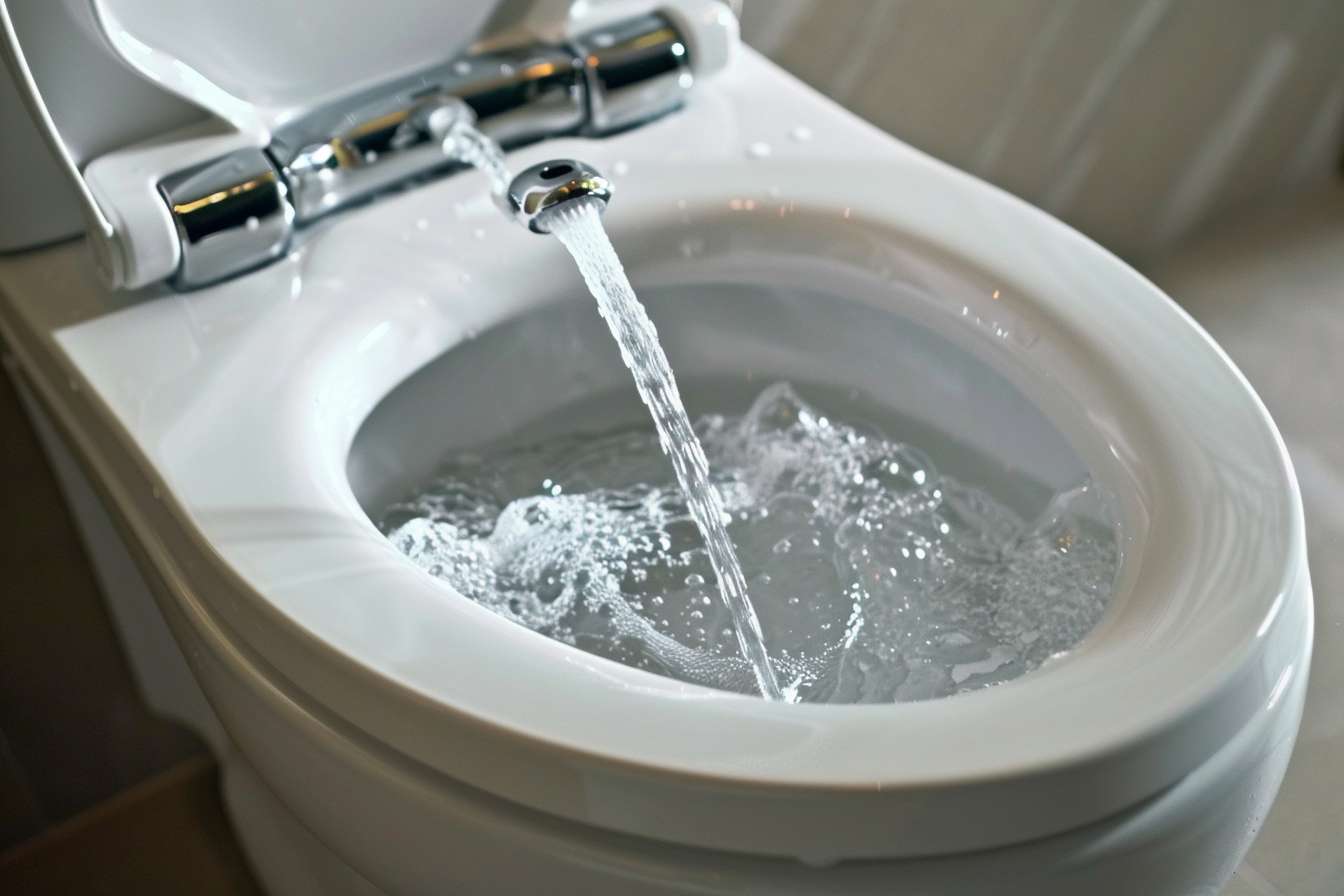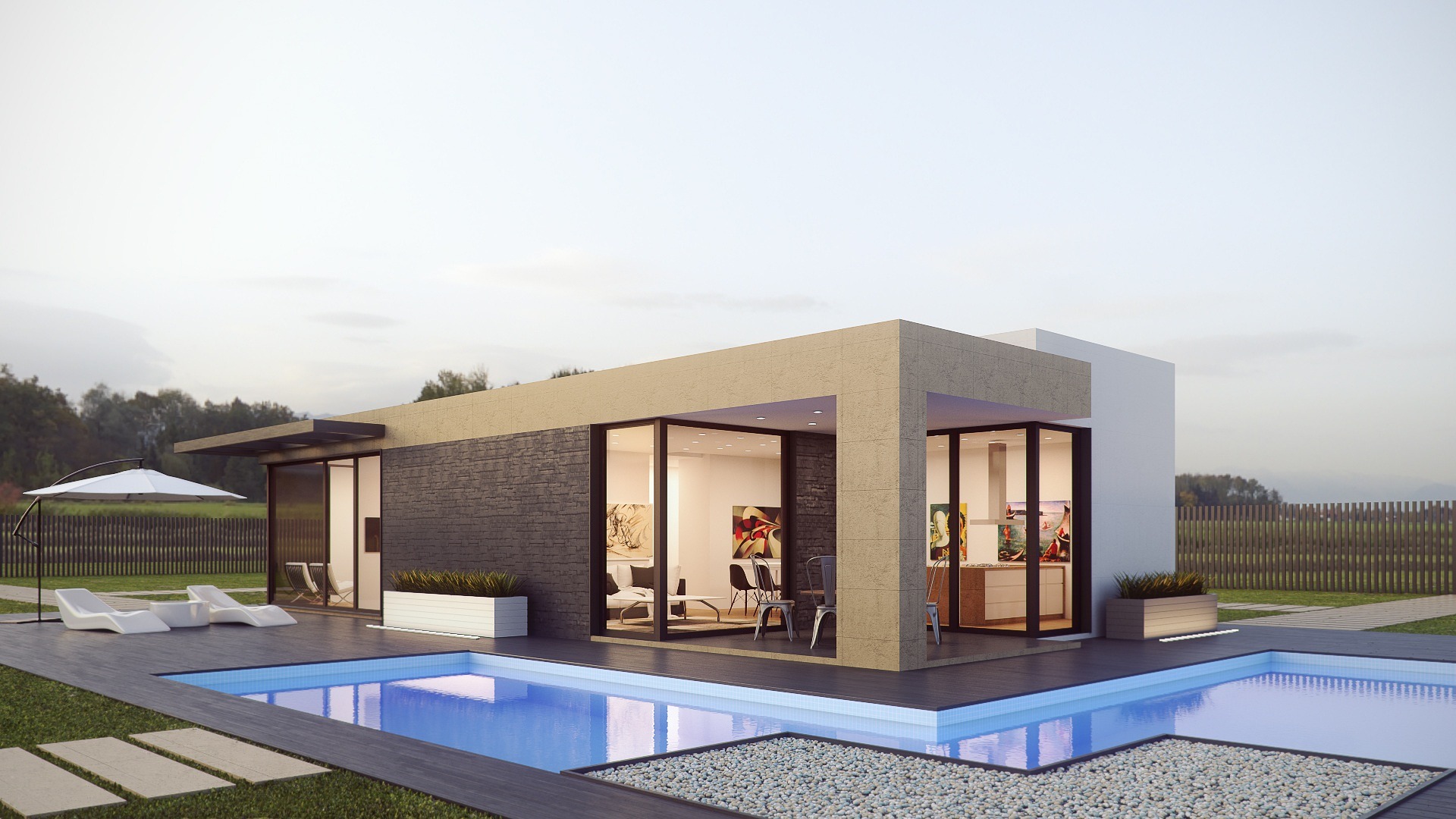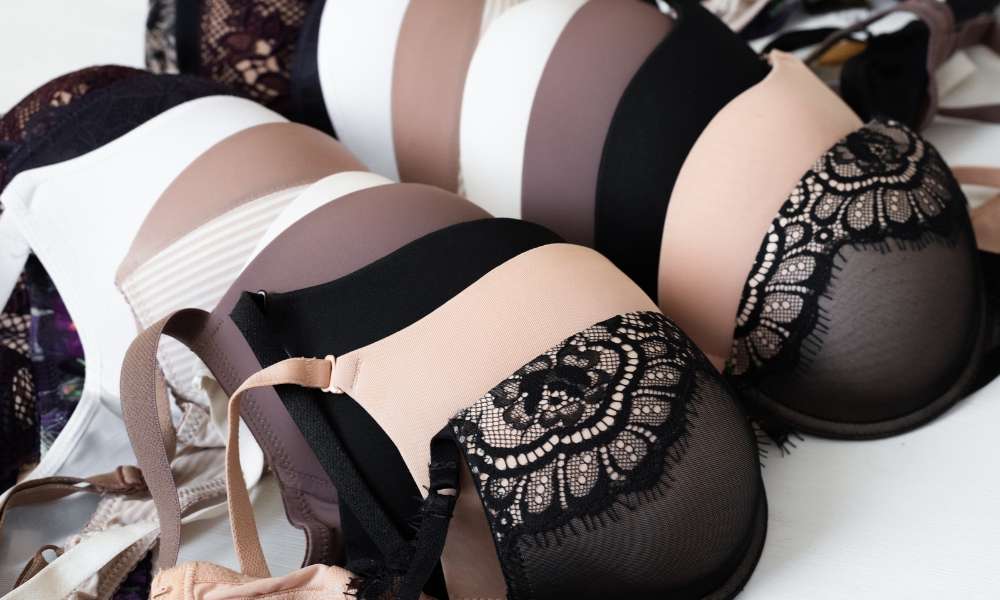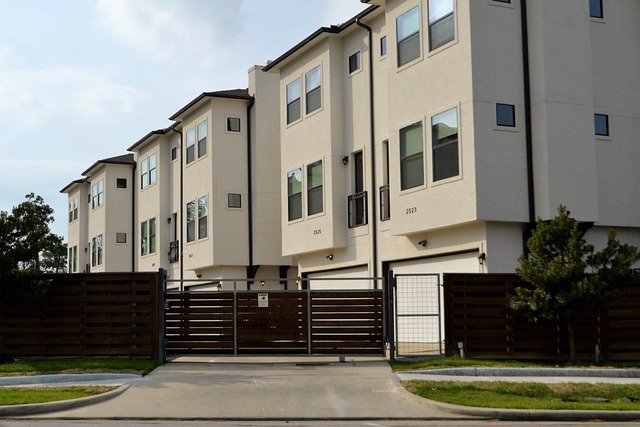Japanese Toilets: The Ultimate Guide to Smart Bathroom Technology
Japanese toilets have revolutionised bathroom experiences worldwide, transforming a basic necessity into a luxurious, hygienic, and technologically advanced encounter. These innovative fixtures, known locally as "washlets," combine traditional toilet functionality with sophisticated features like heated seats, bidet systems, air drying, and even music playback. Originally developed to address hygiene concerns and space limitations in Japanese homes, these smart toilets have gained international recognition for their superior comfort, cleanliness, and environmental benefits.

The Evolution of Smart Toilets: From Basic to Brilliant
The journey of smart toilets began in Japan during the 1980s when TOTO introduced the first Washlet model. This groundbreaking innovation combined Western-style toilets with bidet functionality, addressing both cultural preferences and practical hygiene needs. Over the decades, manufacturers have continuously enhanced these systems, incorporating motion sensors, automatic lid opening, self-cleaning capabilities, and personalised user settings.
Modern smart toilets feature sophisticated control panels that allow users to adjust water temperature, pressure, and spray patterns. Advanced models include air purification systems, automatic flushing with optimised water usage, and even health monitoring capabilities that can analyse waste for potential health indicators. The integration of smartphone apps has further elevated the user experience, enabling remote control and customisation of toilet settings.
Benefits of Shower Toilets: Hygiene Meets Comfort
Shower toilets, or bidet toilets, offer numerous advantages over traditional bathroom fixtures. The primary benefit lies in superior hygiene through gentle water cleansing, which proves more effective and comfortable than toilet paper alone. This approach significantly reduces the risk of infections and irritation, particularly beneficial for individuals with sensitive skin or medical conditions.
The heated seat feature provides exceptional comfort, especially during colder months, while the built-in air drying system eliminates the need for excessive toilet paper use. Many models include antimicrobial surfaces and self-cleaning nozzles that maintain optimal hygiene standards. The convenience of adjustable settings ensures personalised comfort for different family members, with some premium models storing individual user preferences.
Smart Toilet Price Guide: Investment Options for Every Budget
Smart toilet pricing varies considerably based on features, brand reputation, and installation requirements. Entry-level models typically start around £800-£1,500, offering basic bidet functionality, heated seats, and simple controls. Mid-range options, priced between £1,500-£3,500, include additional features like air drying, deodorising systems, and programmable settings.
Premium smart toilets can cost £3,500-£8,000 or more, featuring advanced technologies such as automatic lifting seats, integrated lighting, Bluetooth connectivity, and comprehensive health monitoring systems. Installation costs typically add £200-£500, depending on existing plumbing configurations and electrical requirements. While the initial investment appears substantial, many users find the long-term benefits in comfort, hygiene, and reduced toilet paper consumption justify the expense.
| Smart Toilet Model | Brand | Key Features | Price Range |
|---|---|---|---|
| Washlet G450 | TOTO | Heated seat, bidet function, air dry | £1,200-£1,800 |
| SensoWash Starck f | Duravit | Design-focused, remote control, eco-mode | £2,500-£3,200 |
| AquaClean Mera | Geberit | Ceramic coating, lady wash, comfort function | £3,800-£4,500 |
| Neorest NX2 | TOTO | Tornado flush, eWater+ cleaning, auto functions | £6,000-£8,500 |
Prices, rates, or cost estimates mentioned in this article are based on the latest available information but may change over time. Independent research is advised before making financial decisions.
Top Smart Toilet Brands: Leaders in Innovation
Several manufacturers dominate the smart toilet market, each offering unique advantages and specialisations. TOTO remains the industry pioneer and leader, with extensive experience and the widest range of models suitable for various budgets and requirements. Their Washlet series continues setting industry standards for reliability and innovation.
Duravit combines German engineering precision with elegant design, creating products that seamlessly integrate into contemporary bathroom aesthetics. Geberit focuses on European market preferences, offering robust systems with emphasis on water efficiency and ease of maintenance. Kohler and American Standard provide options tailored to North American and international markets, while brands like Bio Bidet and Brondell offer more affordable alternatives without compromising essential functionalities.
Sustainable Solutions for Personal Hygiene: Environmental Impact
Japanese toilets contribute significantly to environmental sustainability through multiple mechanisms. The most obvious benefit comes from dramatically reduced toilet paper consumption, with many users reporting 75-80% decreases in usage. This reduction translates to fewer trees harvested, reduced manufacturing emissions, and decreased packaging waste.
Advanced flushing systems in smart toilets optimise water usage through dual-flush mechanisms and precise water volume controls. Many models use as little as 3-4 litres per flush compared to older toilets that may use 9-13 litres. The integration of greywater systems and water recycling capabilities in premium models further enhances environmental benefits.
Energy efficiency features, including eco-modes and intelligent sensors that activate functions only when needed, minimise electricity consumption. The longevity and durability of quality smart toilets also reduce replacement frequency, contributing to reduced manufacturing demand and waste generation over time.
Japanese toilets represent a significant advancement in bathroom technology, offering enhanced hygiene, comfort, and environmental benefits that justify their premium pricing. As awareness grows and prices become more accessible, these innovative fixtures are likely to become increasingly common in homes worldwide, transforming our relationship with one of life’s most basic necessities into a more pleasant and sustainable experience.




